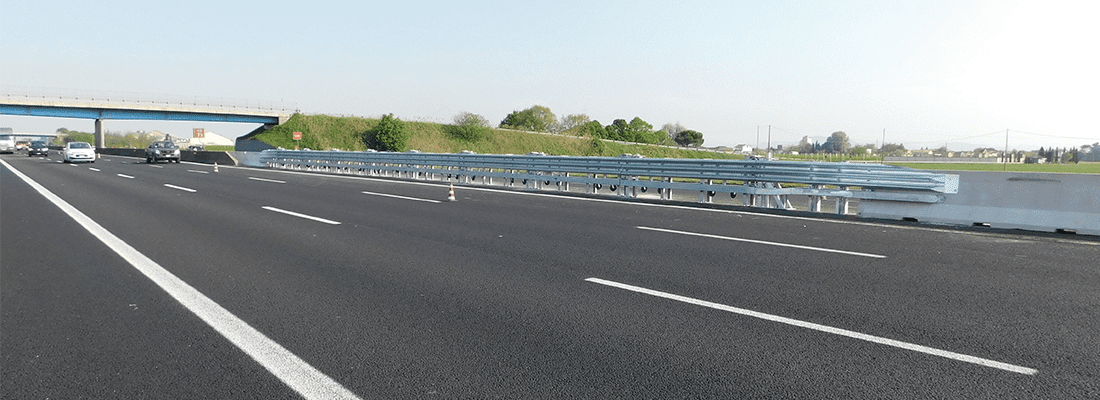Damage limitation
Road barriers can improve safety for drivers and passengers by reducing vehicles’ speed and distance traveled in the event of a collision.
For more than 50 years, Snoline, part of Lindsay Corporation Transportation Solution Group, has been developing products that contribute toward road safety.
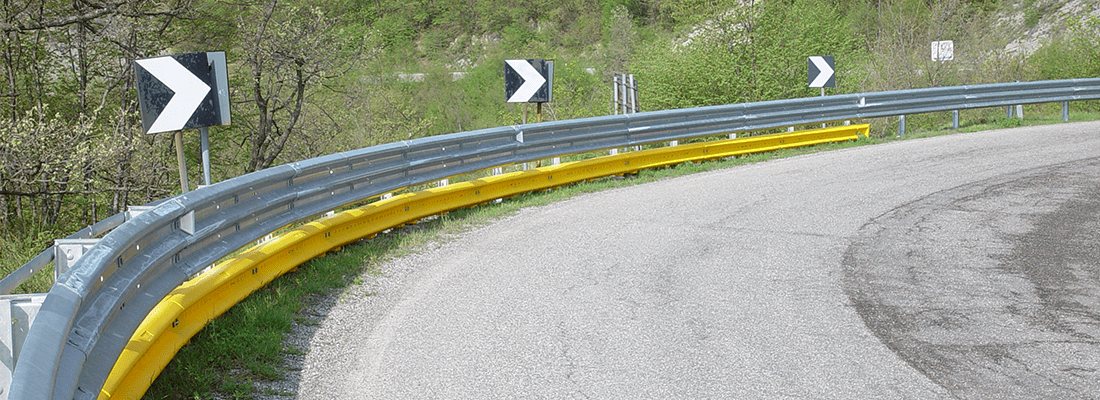
A year of innovation
The year 2018 has been one of innovation for Snoline. The company introduced the ATT barrier terminal, adding to the range of terminals that it makes in Italy.
The new terminal complies with the ENV1317-4 standard and is easy to implement because it does not require foundations for installation. It can be used as an extension of existing barriers, as standard guardrail components are used in its design, thereby minimizing operational and maintenance costs.
The new technology uses a system of posts, beams and sliders that can be connected to most barriers available on the market, and whereas it had not been possible before, Snoline is now able to provide customized solutions to suit specific applications.
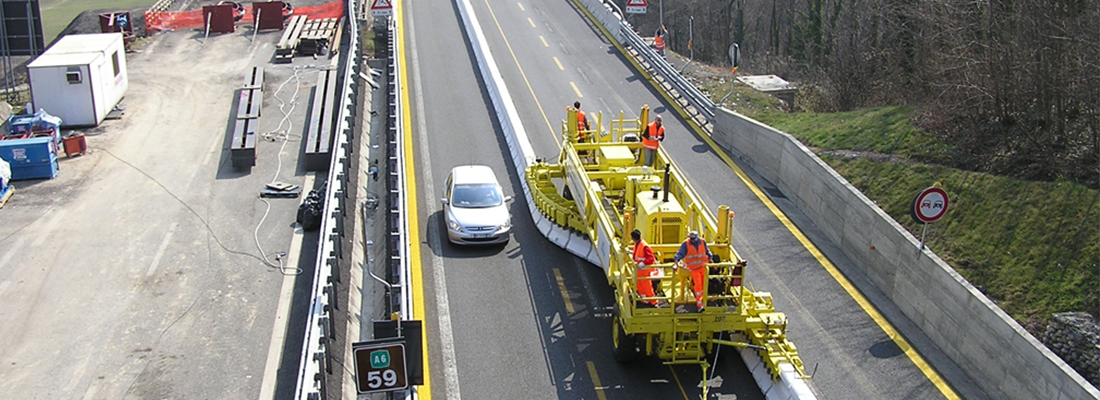
The ATT Terminal is made from high-quality materials that guarantee a high level of safety. In the event of a frontal or side impact, its design ensures a high capacity for absorbing energy, decelerating and redirecting the vehicle along the roadway, thus safeguarding and protecting the vehicle’s passengers.
The Lindsay Road Safety App ensures that installation teams have the correct documentation and media needed to complete the installation of Snoline and Lindsay road safety devices. Inspection crews can also use the app to check that devices have been properly installed.
The crash barrier family
Lindsay is a market leader in the production of crash barriers and it has pioneered innovations such as the Tau product range. Today, thanks to research on materials and innovation in design, Lindsay has been able to create a product with reduced overall dimensions. This is the TAU Tube attenuator, which can stop vehicles during impacts at up to 110km/h (68mph) in less than 6m (20ft). The use of recyclable aluminum instead of plastic reduces its maintenance costs as well as increasing its environmental sustainability. There is also a version of the TAU Tube for temporary use on construction sites.
Another product, the Walt system, is a highly efficient non-redirective crash cushion that has been tested for impacts at speeds up to 80km/h (50mph) in accordance with European Standard EN 1317-3. Walt is designed to be attached direct to barriers. Its anchorless design (also available on wheels) makes it easy to deploy and remove, and it is ideal for use in both temporary and permanent applications.
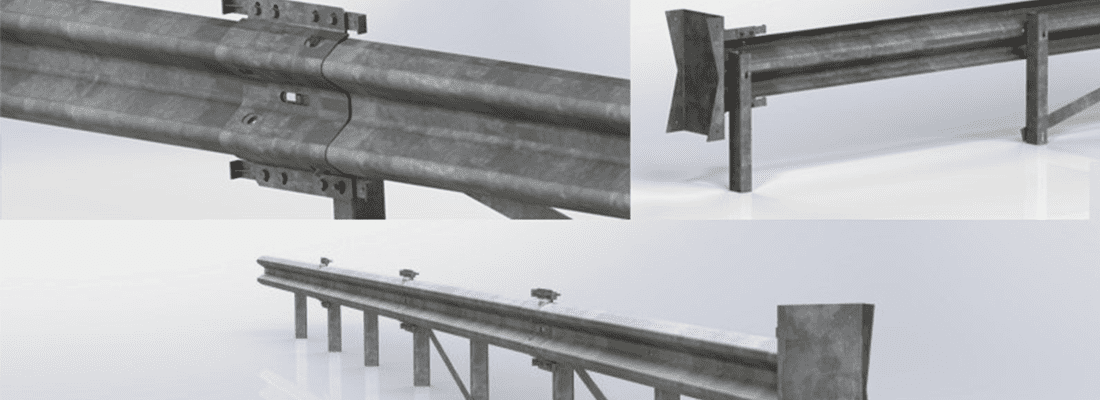
Snoline also manufactures S-A-B – a removable barrier section created specifically for gates between median barriers on major road highways. Highways agencies and local governments need gateways in barriers for situations such as emergency vehicle access and evacuations, traffic rerouting, and work zones and maintenance. A key feature of S-A-B – which complies with the ENV 1317-2-4 standard – is that it can quickly be opened fully or partially as required – and without the need for additional special equipment, sophisticated control systems or tools.
Another important product by Snoline is the DR46 motorcycle barrier, which is designed to protect motorcyclists from hitting the guardrail post during a fall or collision. It can easily be attached to a guardrail with a simple click connection, and it adapts to the barriers without modifying their characteristics or performance.
In the field of traffic management, Snoline’s Road Zipper system consists of a barrier-moving machine and moveable barriers. It can be used in two typical situations.
The first is for daily lane management in traffic areas with high congestion, where a barrier can be moved to swiftly section off certain lanes, perhaps just at certain times of the day.
It can also be used to reroute traffic in important construction areas. It is already being used in the USA, Australia, Japan, the UK, Denmark, Austria, Holland and Italy.
The 1m (3.2ft) sections of highly reinforced concrete barrier are pinned together to form a continuous barrier wall. In one movement, the barrier is shifted up to 7.3m (24ft) and gently set down without damaging the road, at speeds up to 15km/h (10mph). The unique, ariable-length barrier can cope with lane curvature and allows for expansion between sections.
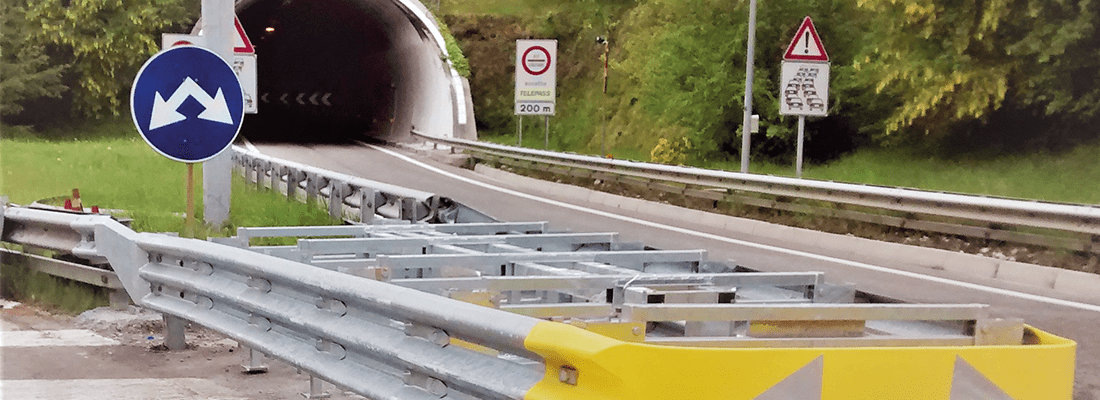
Share your story
Do you have an innovation, research results or an other interesting topic you would like to share with the professionals in the infrastructure, traffic management, safety, smart mobility and parking industry? The Intertraffic website and social media channels are a great platform to showcase your stories!
Please contact our Sr Brand Marketing Manager Carola Jansen-Young.
Are you an Intertraffic exhibitor?
Make sure you add your latest press releases to your Company Profile in the Exhibitor Portal for free exposure.
